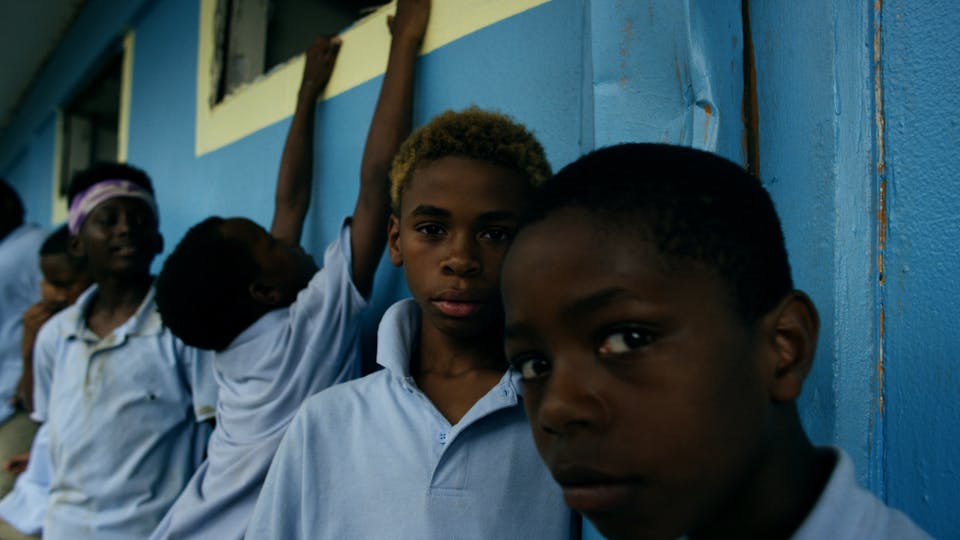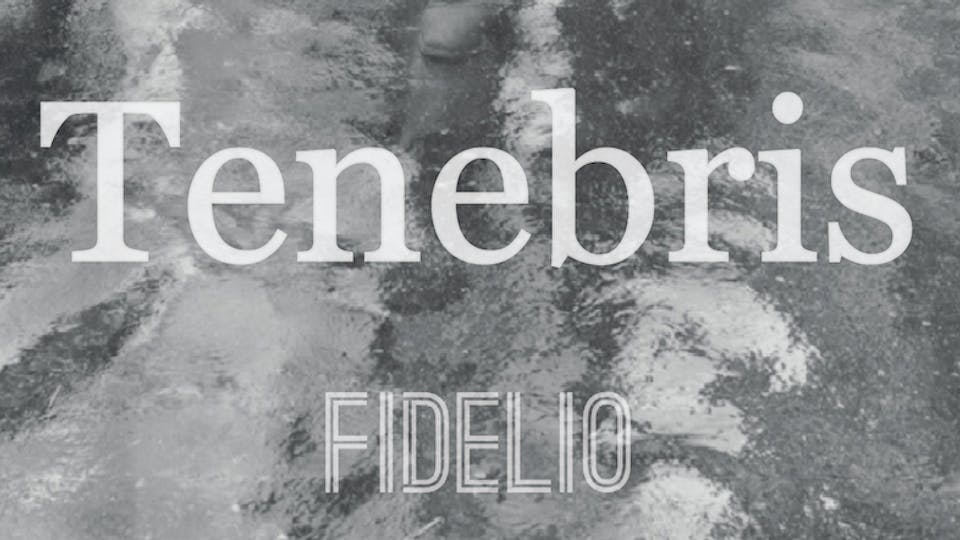Five Major Influences From Marlo Poras

The Mosuo SistersDOC NYCThe Mosuo Sisters
Doris walked 3200 miles across America at the age of 90 to raise awareness about campaign finance reform. Four years later, she ran an insurgent campaign for U.S. Senate against incumbent Republican Judd Gregg, and helped turn New Hampshire from red to blue in a pivotal election year. She was a serial troublemaker with a passion for breathing life into her ideals. Independent documentary filmmaking can be a highly discouraging practice, replete with sisyphean fundraising, byzantine rights clearances, delicate relationships with your film’s subjects, distribution anxiety, the list goes on and on...but Doris’ example reminds me time and again that when you don't pay heed to what's impossible, you act as if everything is possible—an essential mind-frame for all filmmakers. 2. The Spirit Catches You and You Fall Down by Anne Fadiman. This stunningly sensitive nonfiction book sets the bar sky high for the kind of nuanced, intimate portraiture I try to explore in my work. Detailing the cultural misunderstandings between a young Hmong immigrant with epilepsy and the American doctors and social workers who care for her, Fadiman takes an esoteric subject and imbues it with so much historical immediacy and human fallibility that it becomes an essential mirror of our times. The book’s meticulous, dramatic storytelling is also insistently empathetic—it overflows with equal parts frustration and heart. It’s a gem. 3. Louie on FX. It’s scrappy, sweet, hilarious and teeming with pathos. And I’m still shocked to see it on TV. With its defiantly DIY, low-fi sensibility (I’m sure you know Louis CK directs, stars in, writes and edits the series, at least until the most recent season), Louie is ultimate proof that exceptional work doesn’t need to have impeccable production values or bags of money thrown at it in order to succeed. Plus, as a working mother, Louis CK’s meditations on negotiating parenthood and career are a hysterical gift. 4. The Wire. What can be said, really? It’s in a league of its own. It’s rare for me to find a feature film that moves and challenges me remotely as much as this show. 5. Vermeer & Blade Runner. The tiny, remote village in the foothills of the Himalayas where much of The Mosuo Sisters was shot often felt untouched by time. The area barely had electricity or running water until recently. They still cook over firewood, farm by hand, subsist off of the animals and plants they grow themselves, and they don’t have toilets or showers. The quality of light and life in the area constantly reminded me of and brought me back to Vermeer. The rest of the film was shot in Beijing and Chengdu, two of China’s overripe megapolizes. In some ways these cities are wildly more modern than New York, in others they seem messily taped together and about to fall apart—so of course Blade Runner became an inspiration in terms of balancing the flash with the funk in the film’s city scenes.






